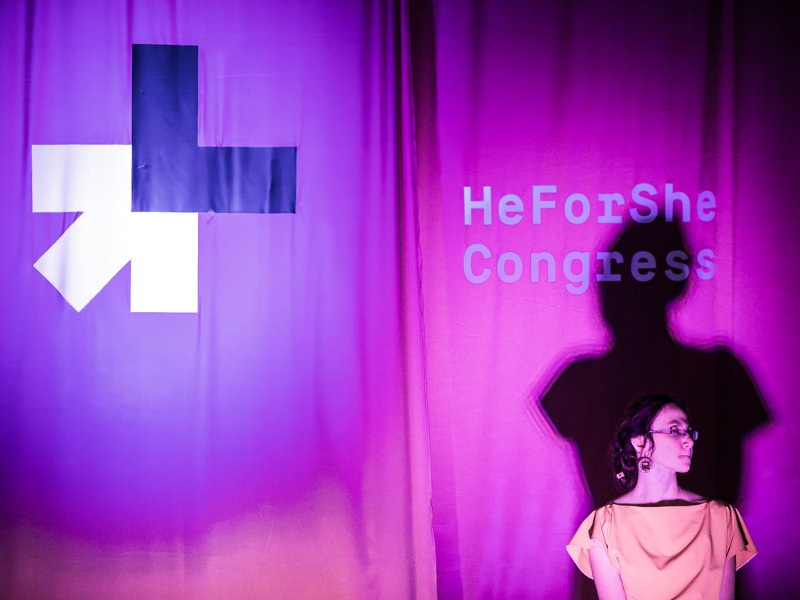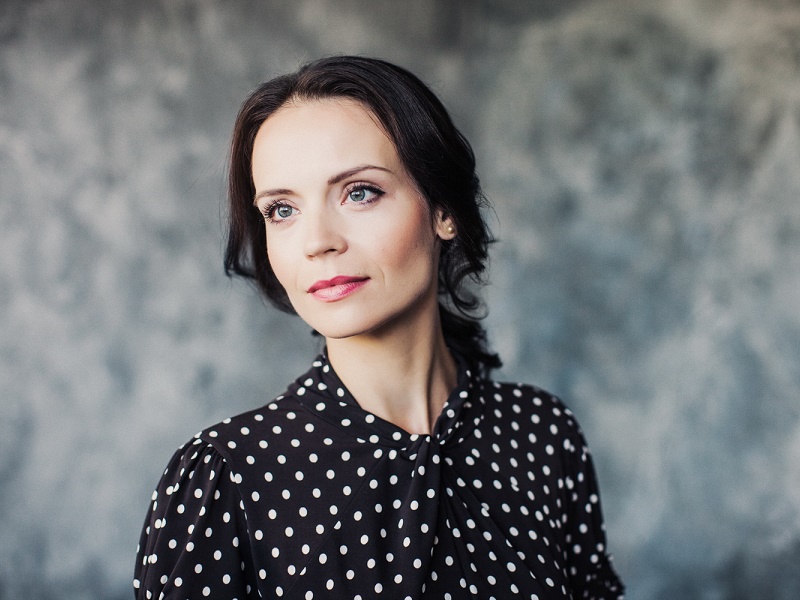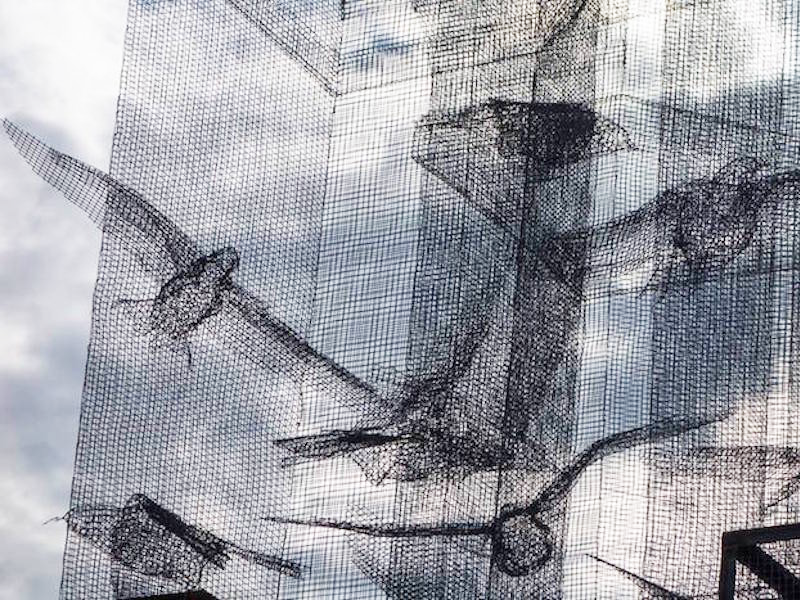
British Council Presented Findings Of Gender Equality Study Within Creative Industries
The study Gender equality and empowerment of women and men in cultural and creative industries covered four Eastern Partnership countries: Ukraine, Armenia, Georgia and Azerbaijan. A team of nine experts worked on this study. Focus groups were organized, online polls conducted and opinion leaders interviewed in each respective country.
“We wanted to cover the broadest possible range of cultural industries as they include multiple aspects. Creative industries cover a long list of disciplines: architecture, IT, cinema, publishing, literature, etc.”, — says Iryna Prokofieva. She further underlines that creative industries are in the public eye as of now for their significant contribution to the development of economy and social life.
“Creative industries are transmitting values and are a convenient instrument to interpret meanings. For instance, they make 4% of Ukraine’s GDP. Similar findings were demonstrated in other countries of the study. It was important for us to see what was going on in those disciplines with respect to gender and to understand how we could use this information in our future programmes”, — the programme manager explained.
Despite the fact that these four countries are quite different, they share certain trends, elaborates Iryna. She makes several specific examples of gender stereotypes. To name just one, a woman in the cultural sector of Armenia is mainly viewed as a muse rather than an individual who can create art.
“One of the most vivid examples from Azerbaijan: a female architect saw the workers in her site wrapping fish into her blue print. This is how they tried to give her a hint of not taking her seriously as a professional”, — says Iryna.
Inequality in a profession is rarely explained by the gender. “Most people consider that there is no acute problem. As if, other factors are affecting the inequality. It is either a personal choice of an individual (say, when a woman is not successful in her career), or different skills, while gender ranks only third. The same was evidenced by most of the polls and focus groups. The respondents claimed that there is no inequality in their respective countries. However, when they were asked specific questions, they demonstrated a completely opposite situation. In fact, they showed gender discrimination even though they often did not realize that it was it”, — Iryna remembered.
The experts have interviewed almost 500 people during the study, most of them women.
“We were generally trying to equally represent men and women. However, we have faced a situation where women were more eager to consent to participate in a focus group or to an interview. Nevertheless, we have managed to maintain the balance in some countries. On top of this, it is important to mention that we have performed this study in big cities, while the difference between the regions and capitals has to be considerable”, — the program manager added.
“Our study is rather based on thoughts than numbers. We were striving to go beyond our intellectual bubble, in other words, to cover those people who do not share our values”, — study coordinator Kateryna Kravchuk explained.
Observations during the direct communication with people were not obvious sometimes, says Kateryna:
-
There are generally more women working in the sectors of the so-called cultural institutions (museums, galleries, theatres, libraries), while there are more men in the business related sectors (architecture, IT, marketing). Accordingly, remuneration of labour in business fields is higher.
-
The words “gender” and “discrimination” scared people off meeting with us as well as from communication in general. Therefore, we have decided not to put direct questions, such as ‘Are you being discriminated?’ or ‘Is there gender inequality?’ etc., but to ask more general questions, for instance: ‘What situations do you find yourself in?’, ‘What is your experience?’ and ‘What is the experience of your colleagues?’
-
People often said that gender is an artificial concept. As if, the West wants us to speak about gender. Even the artists told us that they are being given grants to create artwork on gender, while less attention is paid to the value of the art that they create. It is also a popular opinion, and in the recommendations section of this report we have included some advice for grantors regarding the need to conduct training for those who communicate these things. It is important to explain that gender does not offset the art itself, while balance, equality and dignity are just as important concepts worth discussing.
-
Speaking of the numbers, the ratings of the Global Gender Gap 2017 ranks Ukraine 61st among 144 countries with respect to gender inequality. At the same time, three Caucasian countries that we have studied are in the other half of the rating, i. e. ranking past 90. Three first in the rating for 2017 are Iceland, Norway and Finland.
5 main study findings in brief:
1. As a rule, women are less confident than men; and have lower self-esteem. Lower labour remuneration was often explained and correlated to the fact that women are afraid to demand a raise.
2. Women are more represented in the field of culture and art — low paid sectors. Since men are playing the role of main breadwinners, they do not consent to a low paid job. Men had higher ambitions as they always were under the pressure of higher public expectations.
3. People who have participated in the study were often uncomfortable answering questions about themselves. It was easier to answer more general questions about stereotypes and discrimination.
4. Cultural barriers, and in particular, a role of a woman at home, often hinders her promotion in career. They have functions like looking after children, care for older relatives and house management. The worst situation with this is in Armenia and Azerbaijan, where it is most difficult for housewives to become entrepreneurs because of the public pressure, expectations and their specific upbringing.
5. Gender roles ridden stereotypes prevents men and women from choosing their path of life regardless of the public opinion. Let us put it this way, if a man would like to become a ballet dancer and a woman to work in IT, the public opinion can affect them in the sense that some jobs are considered to be “not for females” or “not for man”.
Download full report at: http://www.britishcouncil.org.ua/en/programmes/arts/gender_equality_report
The research was funded by the UK Government's Conflict Stabilisation and Security Fund as part of a wider programme of support to the creative industries managed by the British Council.




